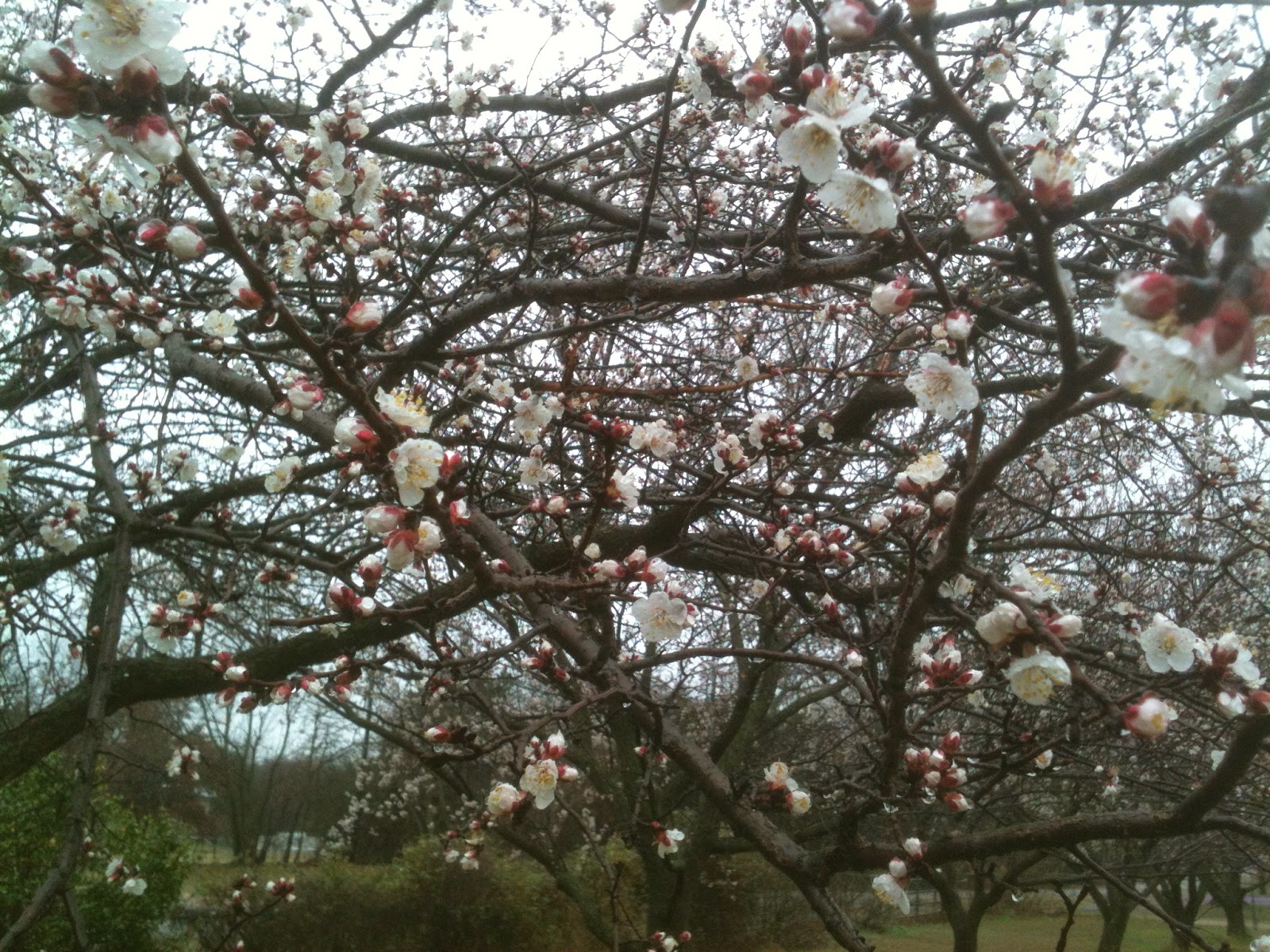Buying a new bull is pretty easy, all you need to do is decide what breed of bull you want, find a few bull producers, do a little talking with the guy selling the bulls while you look at their bulls, scratch your head trying to figure out all the EPDs of the various bulls, and then you pick the bull you want. Of course, don't forget that you also have to remember not to look too shocked when you hear the prices, and it's considered really bad manners if you pass out after hearing how much that bull is going to cost.
My cows are commercial Black Angus (unregistered without any fancy papers), and my bulls are registered Black Angus bulls (they came with some fancy papers). There are advantages to having both straight-bred cattle and black-hided cattle, but for a while I've been considering trying my hand at crossbreeding for a number of reasons and I've always liked the way red-hided cattle look so I've been giving serious thought to getting a different breed of bull than another Black Angus bull.
Getting a Hereford bull was one thought, since I like the way black baldy calves look and since they are also black-hided they should sell for as much as Black Angus calves. But I'd rather have some Hereford cows and a Black Angus bull to get my black baldies. If I ever buy some bred heifers again, I'd think about buying some Hereford heifers and using a LBW (Low birth weight) Black Angus bull on them.
I was also thinking about getting a Red Angus bull with the theory that the calves would be all black, I'd get a tiny bit of hybrid vigor in the calves, and if I saved some replacement heifers I could eventually turn the entire herd red with a few more Red Angus bulls and a little time.
A Brangus bull (either Red or Black) was another thought for a short time. Brangus cattle are a composite breed of cattle that is 3/8 Brahman and 5/8 Angus. The Brahman part of the breeding gives Brangus cattle a little more heat tolerance which can be important in places like OK and TX. But the Brahman breeding can also give the Brangus some of the "ear" of the Brahman which has the possibility of getting docked at some sales (it all depends on what part of the country you are in). Breeding a Brangus bull to Angus cows will give you what some people call an Ultra Black (3/16 Brahman and 13/16 Angus) which will still have the heat tolerance of the Brangus but a calf that you have to look pretty hard at to see the Brahman influence. If I could find a good source for LBW Red Brangus bulls, that might be the best option in the future, resulting in better heat tolerance, more hybrid vigor, and some red-hided cattle in my pastures to look at.
The craziest idea I had was to raise my own bull from my existing herd. I figured that if I can raise a decent replacement heifer and since I've been using decent registered bulls (so I should have some relatively good genetics out there), then it might be possible to raise my own bull. Conventional wisdom says that you don't want to use "cheap" bulls because they are half of your calf crop, so I'm not sure if I'm willing to take that big of a potential risk anytime soon.
In the end, I chickened out on all my grand plans to start a cross-breeding program with my cow herd and ended up buying another registered Black Angus bull.
There's an old rule of thumb that says that a bull should cost somewhere around what four weaned calves sell for, so when I saw that weaned steer calves were selling for almost $1500/head this week it took some of the sting out of how much I had to pay since I didn't pay quite that much for my new bull.
Of course, I'm also a little spoiled when it comes to buying bulls because the bull I'm replacing was a heck of a bull and a heck of a money-maker (at least as far as I could tell). Although it helped that the cattle market really started going up a lot after I first got him, he cost pretty close to what four steers went for back when I bought him, I managed to get almost 160 calves from him, then I was able to sell him last fall for almost what I originally paid for him.
I hope this new bull lasts close to as long as the old bull did and that he makes me as much money.
After all that, I still like the idea of adding cross breeding to my cattle herd management. If I start looking right now for my next bull, maybe I won't be as likely to take the "less risky" route by buying another Black Angus bull.

















